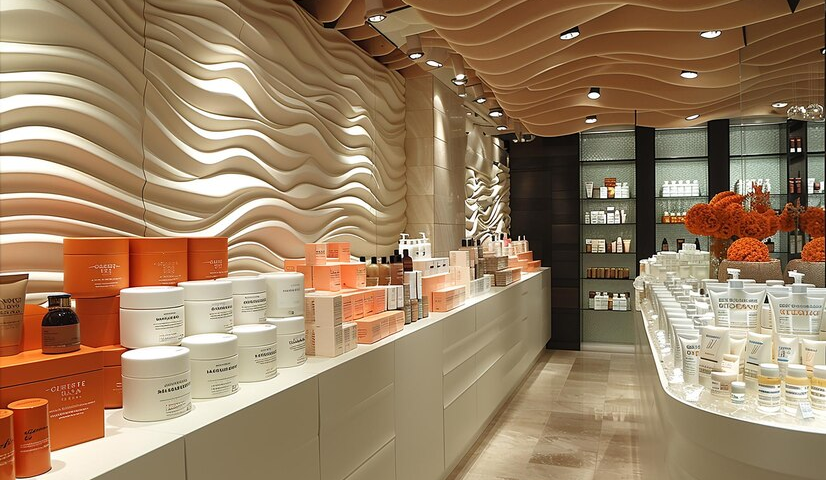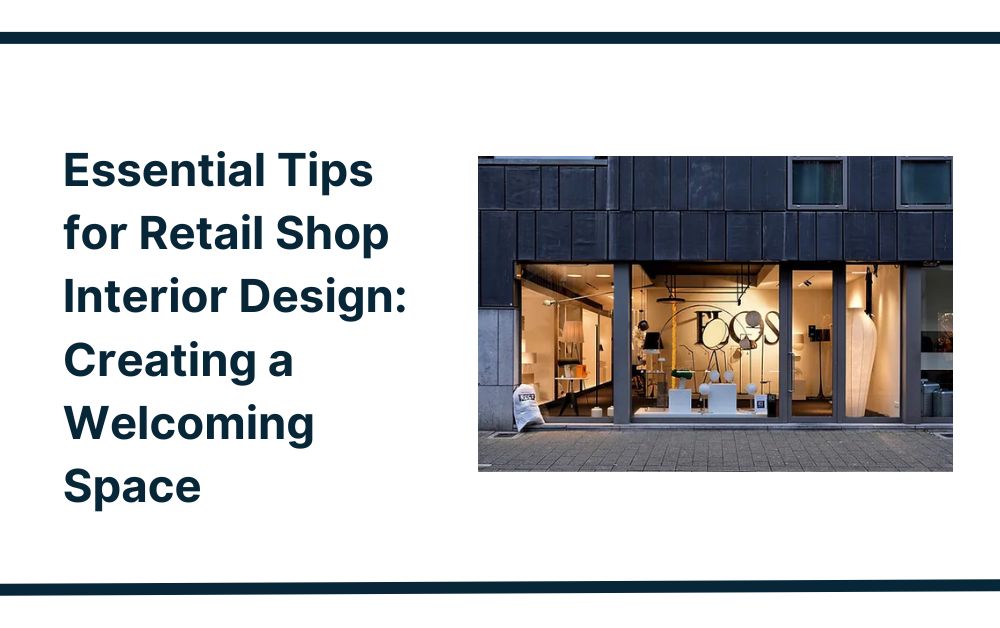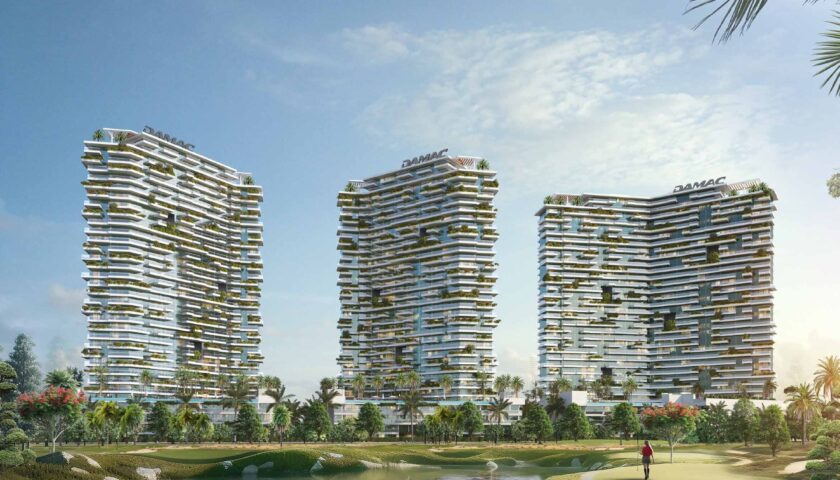Designing the interior of a retail shop is about more than just making a space look attractive. It involves strategic planning and thoughtful design to create an environment that enhances shopping experiences, promotes your products effectively, and ultimately drives sales. In this blog, we’ll explore simple, effective tips for Retail Shop Interior Design, breaking down the essentials into manageable parts to help even beginners make the most of their retail spaces.
Understanding the Importance of Good Interior Design in Retail
The Role of Interior Design in Enhancing Customer Experience
Good interior design in retail isn’t just about aesthetics. It plays a crucial role in the customer’s overall experience. An inviting atmosphere can make customers feel comfortable, encouraging them to stay longer and explore more of your products. The right design can also make your shop memorable, making it more likely that customers will return.
How Design Influences Purchasing Decisions
The layout and decor of your store can significantly influence customer behavior and purchasing decisions. Strategic placement of products, good lighting, and an appealing color scheme can draw attention to specific items and prompt impulse buys.
Key Elements of Retail Shop Interior Design
Creating an Effective Layout
Traffic Flow
One of the first things to consider is the flow of traffic through your store. You want to create a path that leads customers naturally through the space, exposing them to key products along the way. This path should be easy to navigate and free from obstacles that could disrupt the shopping experience.
Product Placement
Careful consideration of where to place products can significantly impact their saleability. High-demand or high-margin items should be placed at eye level and in key viewing areas, such as near the entrance or along the path most customers will travel.
Choosing the Right Colors and Lighting
The Impact of Color
Colors have a profound effect on how people perceive your store. Soft, neutral colors can create a calming atmosphere, while bold colors might be used to energize the space and draw attention. Choose a palette that complements your brand and the products you sell.
Lighting Matters
Good lighting is crucial in retail. It not only highlights your products but also affects the overall mood of the store. Bright, clear lighting can make your shop feel more inviting, while spotlighting can draw attention to specific products or displays.
Furnishing and Decor
Selecting the right furniture and decor can enhance the shopping experience and reflect your brand’s personality. Comfortable seating areas, attractive shelving, and thematic decorations can all contribute to a positive environment that encourages sales.
Practical Tips for Small Retail Shops
Maximizing Small Spaces
In smaller retail spaces, every inch counts. Use versatile furniture and shelving that can be easily moved or adjusted to accommodate different layouts and displays. Mirrors can also be used to make spaces appear larger and more open.
Technology Integration
Incorporating technology like digital displays or interactive kiosks can enhance the customer experience and provide interactive and informative shopping. This is especially useful in small spaces where physical product displays might be limited.
Maintaining Your Store’s Interior Design

Regular Updates
Retail environments benefit from keeping things fresh and engaging. Regular updates to your displays, decor, and layout can keep customers interested and coming back to see what’s new.
Cleanliness and Organization
A clean and well-organized store is essential. Regular cleaning and decluttering not only ensure that your store looks its best but also make it easier for customers to find what they are looking for.
Enhancing Brand Identity Through Design
Interior design is a powerful tool for reinforcing your brand identity. The style, colors, and furnishings you choose should all be coherent with the brand image you want to portray. For example, a luxury boutique might use plush furniture and rich colors to convey exclusivity, while a store promoting sustainability might incorporate recycled materials and natural greenery to communicate its values. By aligning the interior design with your brand message, you create a cohesive experience that helps customers understand and remember who you are and what you stand for.
Improving Operational Efficiency
Good design also considers the operational aspects of running a retail store. The layout should facilitate an efficient flow of both customers and employees. For instance, a well-designed point of sale (POS) area not only speeds up transactions but can also reduce customer wait times and free up staff to assist on the floor. Additionally, strategically placed back-of-house storage can streamline restocking processes, ensuring that shelves are kept full without disrupting the shopping experience.
Leveraging Psychological Triggers
Interior design can play a subtle yet significant role in influencing customer behavior through psychological triggers. Colors, for instance, can evoke different emotional responses: blue can instill a sense of trust and security, red can create a sense of urgency, and yellow can uplift and attract attention. Similarly, music and scent are also powerful tools that can enhance mood and link to memories, encouraging customers to linger longer and enjoy their shopping experience.
Facilitating Customer Engagement
Modern retail interiors often include elements designed to encourage customer engagement. This might be interactive displays, hands-on product demonstrations, or technology stations where customers can browse online offerings or check product availability. These interactive elements not only make the shopping experience more enjoyable but also provide additional value to customers, making them more likely to make a purchase.
Creating Community Spaces
Some retail stores benefit from incorporating areas where customers can gather, discuss, and share experiences. This could be a coffee corner in a bookstore, a trial area in a cosmetics store, or a lounge area in a fashion outlet. These spaces encourage customers to spend more time in the store, increase the likelihood of additional purchases, and improve overall customer satisfaction by making the shopping experience more social and enjoyable.
Conclusion: The Value of Thoughtful Interior Design
Effective retail shop interior design can transform a simple space into a powerful sales environment. By considering the flow of traffic, the strategic placement of products, and the aesthetic elements like color and lighting, you can create a store that not only looks great but also works effectively to enhance customer experiences and boost sales.
Note:-For a more comprehensive grasp of this topic, delve into the detailed articles available on trendingblogsweb.





